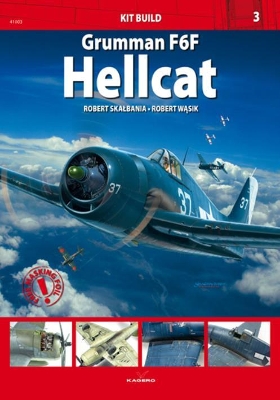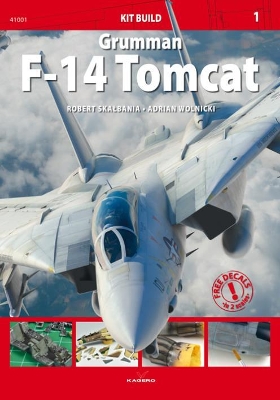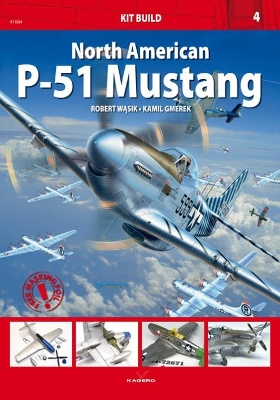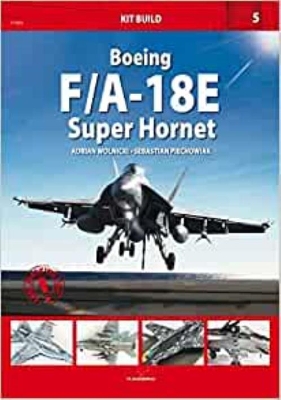Kit Build
4 total works
Grumman F6F Hellcat was one of the best fighter aircraft of the World War Two era and the most effective fighter of the US Navy. There is no doubt that Hellcats won complete air superiority for the Americans over the vast areas of the Pacific, largely contributing to the victory over Japan.
New book series for all warfare and scale modelling fans, describing the most famous aircrafts and vehicles. In each issue you will find a work in progress article, paint schemes and Cartograf’s decals!
F-14 Tomcat – American, supersonic deck fighter, with variable-sweep wing, developed by the Grumman Corporation. Initially it was used mainly for the fleet defence, gaining the air advantage and providing the tactical recon, but eventually Tomcats were adapted for the ground strikes too.
Decals: Grumman F-14A Tomcat, BuNo 160678, no. 207, VF-111 "Sundowners", USS "Carl Vinson", November, 1982.
F-14 Tomcat – American, supersonic deck fighter, with variable-sweep wing, developed by the Grumman Corporation. Initially it was used mainly for the fleet defence, gaining the air advantage and providing the tactical recon, but eventually Tomcats were adapted for the ground strikes too.
Decals: Grumman F-14A Tomcat, BuNo 160678, no. 207, VF-111 "Sundowners", USS "Carl Vinson", November, 1982.
The North American P-51 Mustang powered by the British-designed Rolls-Royce Merlin/Packard engine was, quite simply, the best long-range escort fighter of the World War Two era. Entering service in November 1943, it curtailed prohibitive losses suffered by the heavy bombers of the US Eighth Army Air Force which carried out the strategic daylight bombing campaign against the Third Reich.
Designed and initially produced by McDonnell Douglas, the Super Hornet first flew in 1995. It is used by the United States Navy and the
Royal Australian Air Force. The Boeing F/A-18E and F/A-18F Super Hornet are twin-engine, carrier-capable variants based on the McDonnell Douglas F/A-18 Hornet. The F/A-18E single-seat variants are larger and more advanced derivatives of the F/A-18C and D Hornet.
The Super Hornet is a new aircraft at about 20% larger and 3,200 kg heavier empty weight than the original Hornet. It carries 33% more internal fuel, increasing mission range by 41% and endurance by 50% over the "Legacy" Hornet. To aid safe flight operations and prevent confusion in radio calls, the Super Hornet is informally referred to as the "Rhino" to distinguish it from earlier Hornets. It is designed to be equipped with an aerial refueling system (ARS) or "buddy store" for the refueling of other aircraft.
Royal Australian Air Force. The Boeing F/A-18E and F/A-18F Super Hornet are twin-engine, carrier-capable variants based on the McDonnell Douglas F/A-18 Hornet. The F/A-18E single-seat variants are larger and more advanced derivatives of the F/A-18C and D Hornet.
The Super Hornet is a new aircraft at about 20% larger and 3,200 kg heavier empty weight than the original Hornet. It carries 33% more internal fuel, increasing mission range by 41% and endurance by 50% over the "Legacy" Hornet. To aid safe flight operations and prevent confusion in radio calls, the Super Hornet is informally referred to as the "Rhino" to distinguish it from earlier Hornets. It is designed to be equipped with an aerial refueling system (ARS) or "buddy store" for the refueling of other aircraft.



